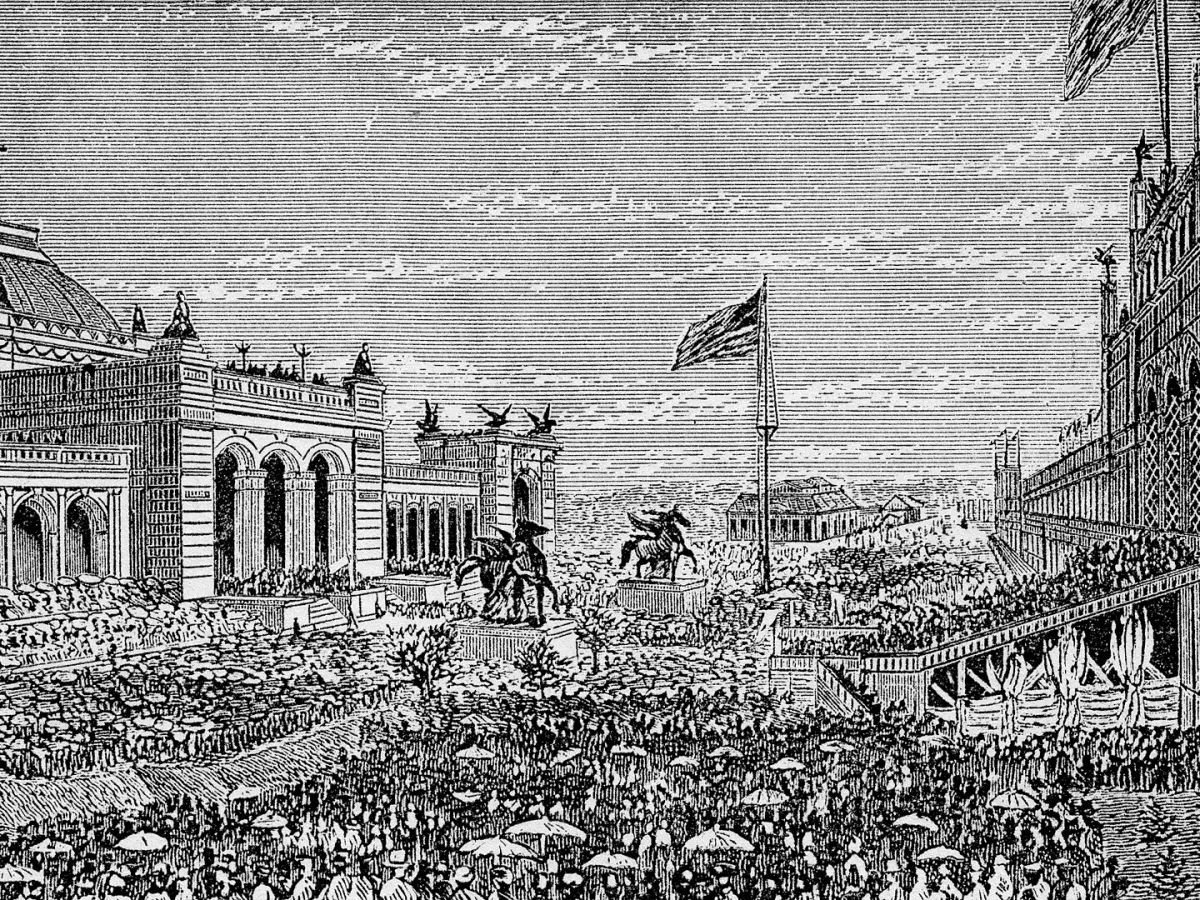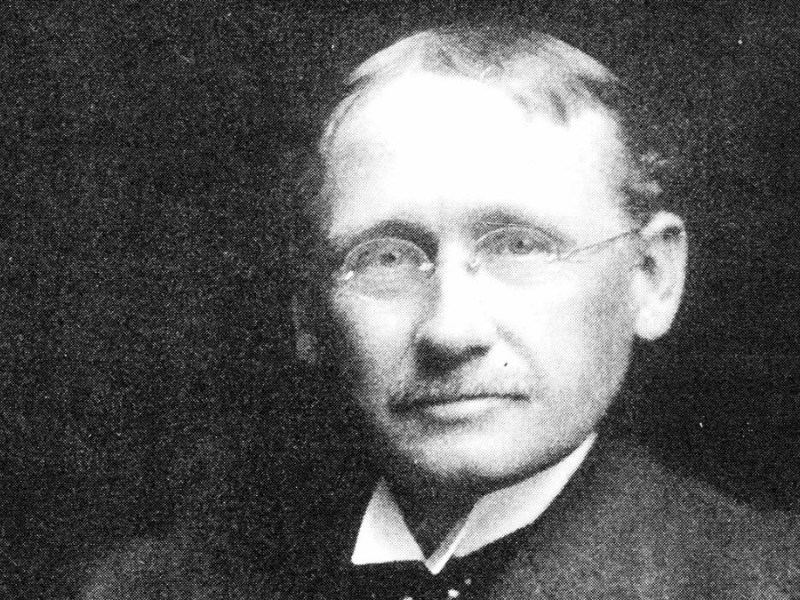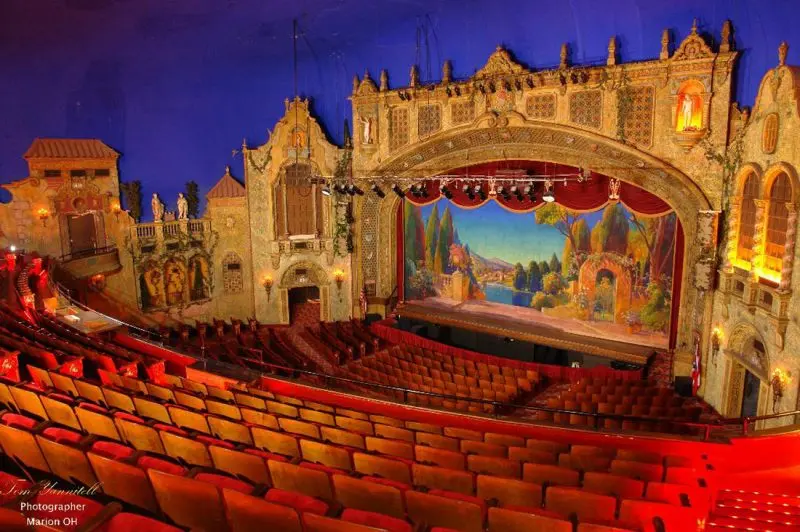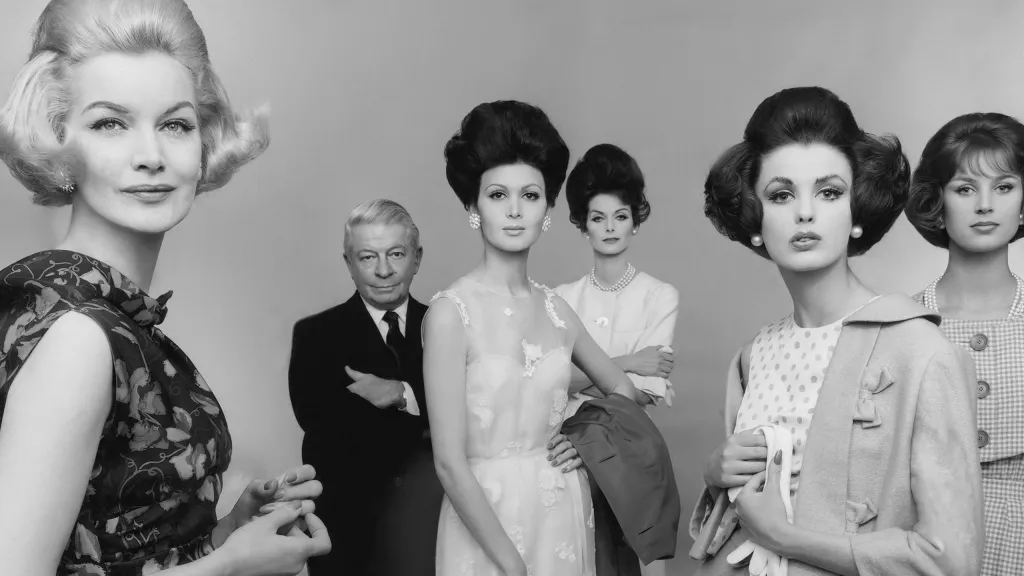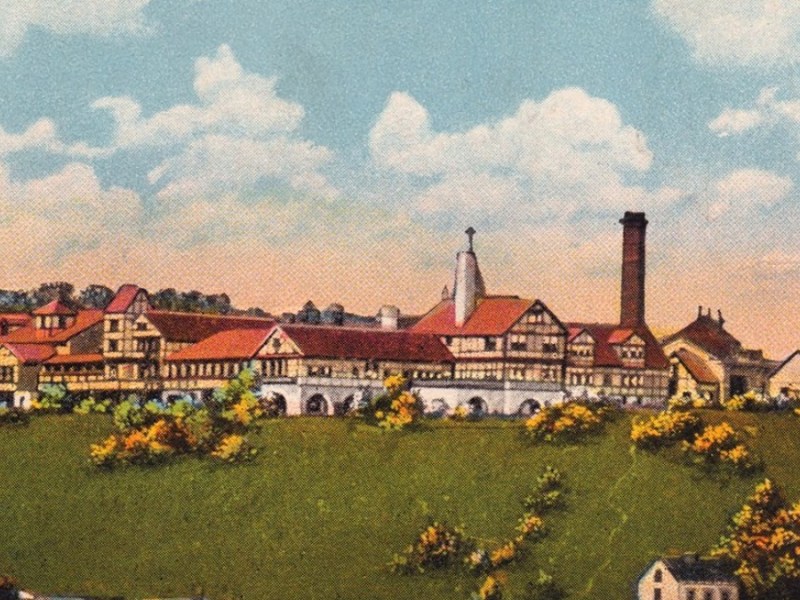
Historical Context: Pioneering Industrial Design Discourse
Industrial Design magazine, later known as ID Magazine of Industrial Design, emerged in 1954, a pivotal moment when the industrial design profession was cementing its place in the American manufacturing landscape. This era was marked by rapid technological advances and a burgeoning consumer culture, setting the perfect stage for a publication dedicated to the evolving field of industrial design.
A Platform for Critical Discourse
Industrial Design magazine was more than a mere publication; it was a platform that engaged with the critical aspects of design practice, culture, and business. Each issue served as a comprehensive repository of knowledge, trends, and innovation, reflecting and simultaneously shaping the industrial design landscape of its time.
Annual Design Review: A Beacon of Excellence
Among its various editions, the Annual Design Review held a prestigious spot. It wasn’t just an issue but a celebration of ingenuity and creativity. Covering a spectrum from consumer products to furniture, equipment, environments, packaging, and graphics, the Review highlighted the exemplary and pushed the boundaries of what design could achieve.
The End of an Era: Reflections on the Closure
After 55 years of publication, Industrial Design magazine folded in 2009. This closure marked the end of a significant chapter in the narrative of industrial design. It was a transition period, as the digital age ushered in new platforms, and the traditional print medium struggled to retain its foothold.

Sources
Woodham, J. M. (2006). A dictionary of modern design. Oxford University Press.
More American Design History
The Hoosier Kitchen Cabinet: Revolutionizing the American Kitchen
The Hoosier Kitchen Cabinet revolutionized early 20th-century kitchen efficiency, empowering homemakers and becoming a beloved vintage design icon.
Keep readingThe Evolution of Systems Furniture: Functionality Meets Flexibility
Systems furniture has revolutionised the way we design and utilize interior spaces. Combining modularity, adaptability, and efficiency, this design concept transforms workspaces, homes, and public environments. From its origins in the early 20th century to its contemporary applications, systems furniture has become a cornerstone of modern interior design. What is Systems Furniture? At its core,…
Keep readingThe Evolution of American Design Principles
The American Design Ethic combines functionality, innovation, and aesthetics, evolving from colonial craftsmanship to modern streamlined objects, reflecting societal values and cultural integration throughout history.
Keep readingFurniture Design 1940 to the Present in the United States
The evolution of American furniture design since 1940 showcases a shift from traditional craftsmanship to modernism, driven by technology and societal needs, alongside significant educational influences.
Keep readingExperiences at the Centennial Exhibition: Chaos and Innovation
The 1876 Centennial Exhibition in Philadelphia marked the first official World’s Fair in the U.S., celebrating American independence with innovations, diverse architecture, and global participation.
Keep readingArt Deco Chicago: Designing Modern America – A Reflection of Modernism and Style
“Art Deco Chicago: Designing Modern America” explores Chicago’s significant contribution to the glamorous Art Deco movement, narrating its evolution through key works and critical essays.
Keep readingThe Timeless Elegance of Alessi Michael Graves 9096 Creamer: A Blend of Art and Functionality
The Alessi Michael Graves 9096 Creamer embodies design innovation, blending cultural influences and craftsmanship. It’s an iconic symbol of creativity and transformation.
Keep readingFraktur: A Vivid Testament to American Folk Art
Fraktur, a unique American folk art, intertwines artistic flair with cultural narratives. Its rich history and enduring significance make it a fascinating study of heritage and design.
Keep readingThe End of an Era: Fruit Stripe Gum
A Colorful Legacy in Packaging Design Fruit Stripe Gum, a vibrant icon in the world of confectionery, has announced its discontinuation, marking the end of a colourful chapter in applied and decorative arts. For over 50 years, this gum has not just been a treat for the taste buds but also a feast for the…
Keep readingChalkware: A Journey Through Time and Artistry
Chalkware, a unique facet of American decorative arts, reflects societal changes and artistic trends, from affordable imitations to sleek mid-century decor.
Keep readingEkco Products Company: Kitchen Innovation and Excellence
The iconic Ekco Products Co., Chicago, IL, revolutionized kitchenware with innovations like the hole in kitchen spoons and the elegant Flint 1900 series.
Keep readingTupperware: More Than Just Plastic Boxes
Tupperware revolutionized food storage with airtight containers and expanded to diverse designs. Its direct sales system had mixed feminist impact and global reach. Financial challenges threaten its future.
Keep readingNo. 22 Diamond Chair by Harry Bertoia
No. 22 Diamond Chair by Harry Bertoia. Many would argue that this is more of a sculpture than a chair. READ MORE
Keep reading“International Style” Architecture of the Modern Movement
Alfred H. Barr Jr. coined the term in 1931 in conjunction with Philip Johnson and Henry-Russell Hitchcock’s 1932 “Modern Architecture: International Exhibition” (along with the accompanying book International Style: Architecture Since 1922) at the New York Museum of Modern Art, where Barr was director.
Keep readingMission Furniture – Design Dictionary Term
Mission-style furniture, inspired by a church chair found by Joseph McHugh, emerged from the Arts and Crafts movement, emphasizing utility and simplicity against Victorian excess.
Keep readingTaylorism Search for Industrial Efficiency or Robotism?
Frederick Taylor’s Taylorism, aimed at industrial efficiency, evolved into modern digital Taylorism, impacting employee management. Continuous surveillance challenges worker rights, emphasizing the need for regulation and union support.
Keep readingJohn Eberson: Father of Atmospheric Theatre
John Eberson, known as the “Father of Atmospheric Theatre,” was an American designer who created over 500 unique and elaborate theatre décors.
Keep readingA Theatre History of Marion, Ohio: John Eberson’s Palace & Beyond
The Marion Palace Theatre, designed by John Eberson, is a historic atmospheric theatre in Ohio, embodying grandeur and cultural significance since its 1928 opening.
Keep readingMainbocher (1890 – 1976) – Simplicity without Boredom
Mainbocher, a noted French designer working in New York after WWII, aimed for classic integrity in his 1945 spring collection, emphasizing simplicity and varied fabrics.
Keep readingA Century of Progress International Exposition Chicago (1933 – 1934)
The 1933-1934 Century of Progress International Exposition in Chicago showcased modernity and innovation, influencing architecture, urban planning, and societal perspectives, leaving a lasting legacy.
Keep readingThomas Lamb – Industrial Designer – “The Handle Man”
Thomas Babbit Lamb, an influential American industrial designer, revolutionized handle designs by combining anatomy, art, and business, leaving a lasting impact.
Keep readingKodak Camera Design Paved Way for Amateur Photography
The Kodak Brownie camera, a landmark in amateur photography, revolutionized the market with its user-friendly design and affordable film, shaping the industry.
Keep readingPetipoint Iron with Wings | Design Object
The Petipoint iron, by Clifford B. Stevens and Edward P. Schreyer, exemplifies streamlined industrial design inspired by aircraft, featuring slim cooling wings.
Keep readingSafety Bicycle for 19th Century Women
The “safety” bicycle, initially introduced in 1887, propelled the late-nineteenth-century bicycling mania to new heights. While the regular bike needed great skill due to its giant front wheel and small rear wheel, safety bicycles could be ridden by anyone.
Keep readingEnd of WWII, a Revolution in Furniture Design
The post-WWII era brought innovative home furnishing design, influenced by optimism, smaller homes, and a desire for functional modern design, exemplified by iconic pieces like the shell chair.
Keep readingRookwood Pottery American Ceramics Manufacturer
Rookwood Pottery, founded by Maria Longworth Nichols in 1880 in Cincinnati, became significant in American ceramic art, producing awarded ceramics until 1966.
Keep readingExhibition – Beth Lipman: Collective Elegy
Museum of Arts and Design – NY Beth Lipman: Collective Elegy Concluded April 4, 2021 For over two decades, Beth Lipman transformed glass, metal, clay, film, and images into powerful statements. Her work, often seen as a reflection on death, temporality, identification, and excess, has made significant waves in applied and decorative arts. The Exhibition:…
Keep readingRelated Articles
Discover more from Encyclopedia of Design
Subscribe to get the latest posts sent to your email.




